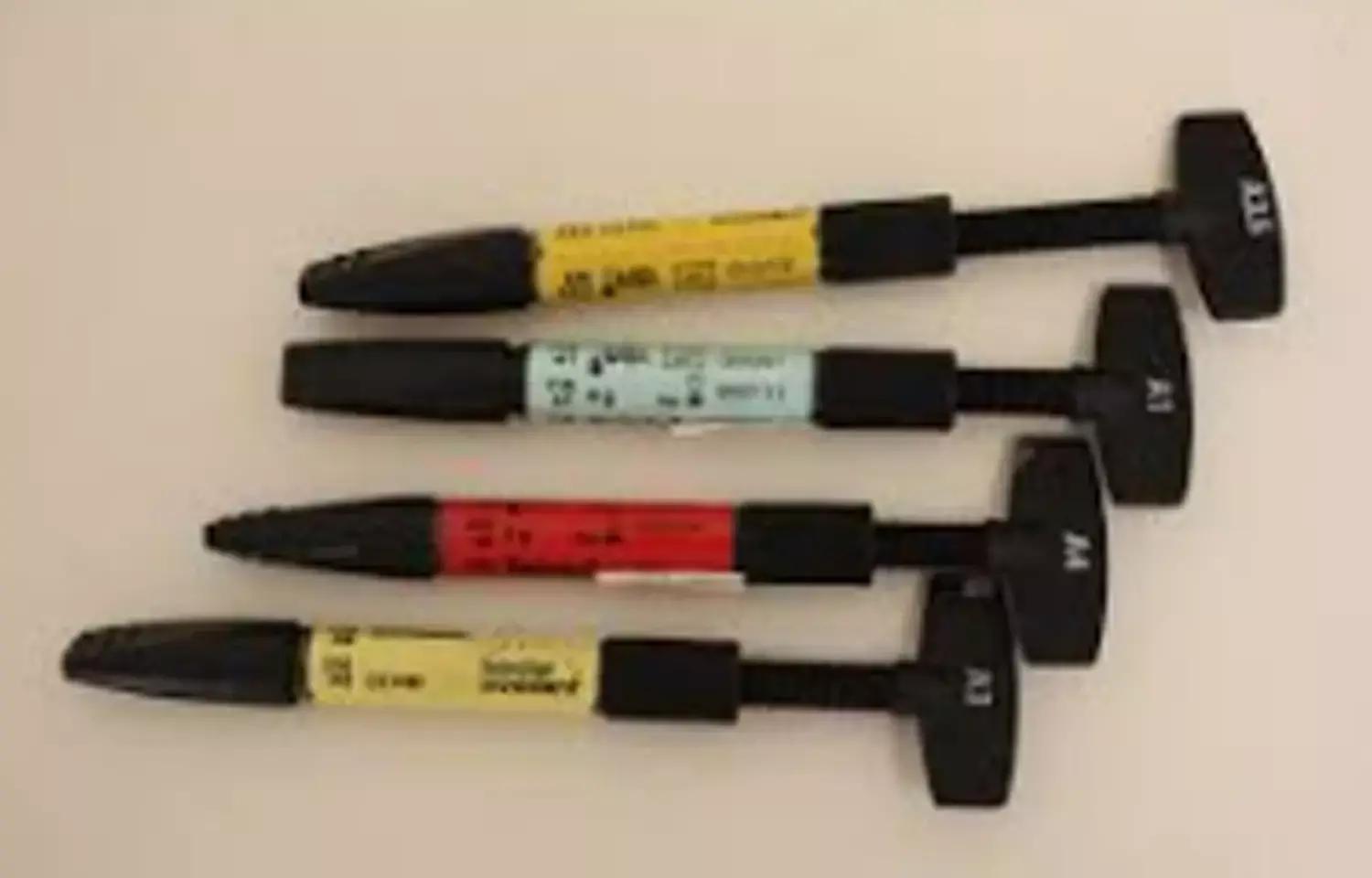Research on Gloss Values of Resin Composites
According to a recent research published in the Journal of American Dental Association, it has been found that gloss values of 40 through 50 GU are considered to be clinically acceptable for resin composites.
The esthetic success of a restoration is directly related to its optical appearance. Surface roughness, surface gloss, and color are among the important factors that dominate the perceived visual appearance of resin composite restorations. Correlations among these factors might differ by resin composite and shade; however, information on such correlations is limited.
Hence, Juliana B. da Costa and colleagues carried out this study with the objective to compare dentists' perceptions of gloss values of composite specimens with increased levels and to identify the gloss value considered to be clinically acceptable.
Disk-shaped composite specimens were finished and polished in three ways:
- Metallurgically using silicon carbide papers and alumina paste
- Manually using Enhance finisher and PoGo polisher (EP) (Dentsply Sirona)
- Manually using Sof-Lex (SLex) disks (3M)
Specimens were produced with surface gloss ranging from 0 through 100 gloss units (GU) in increments of approximately 10 GU as measured with a glossmeter. A GU of 0 was nonglossy, and a GU of 100 was perfectly glossy. Ten dentists evaluated the specimens, ranking them in order from low to high gloss and in four groups:
- Low (dull or rough)
- Medium (moderate gloss, clinically unacceptable)
- High (glossy, clinically acceptable)
- Superior gloss
The authors performed Spearman correlation analysis (α = 0.05).
Results
- For each finish and polish method, there was an excellent correlation between the machine-measured (actual) gloss ranks and the clinician-evaluated gloss ranks (r2 ≥ 0.95).
- There was no difference in perception of surface gloss of the composite when metallurgically polished (with silicon carbide papers and alumina paste) or polished with EP to the same GU.
- There was a slight difference in gloss perception when comparing the two different commercial polishing systems.
Therefore, the authors concluded that "gloss of 40 through 50 GU as clinically acceptable. However, the composite was considered clinically acceptable at a lower gloss (40 GU) when polished with SLex disks than when polished with EP or metallurgically (50 GU)."
They further inferred that gloss values of 40 through 50 GU are considered to be clinically acceptable for resin composites.



0 Comments
Post a comment
No comments yet. Be the first to comment!